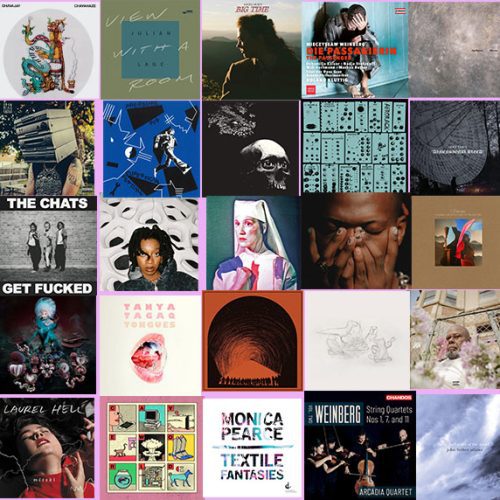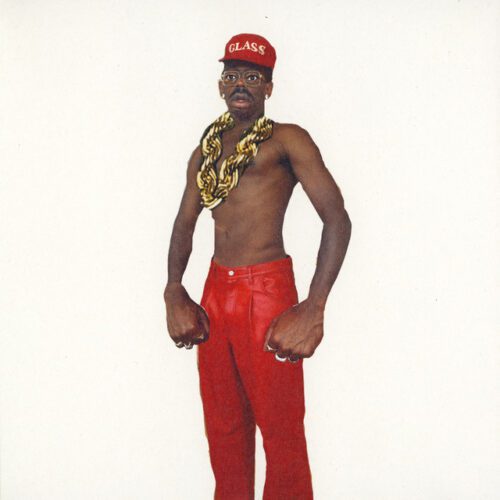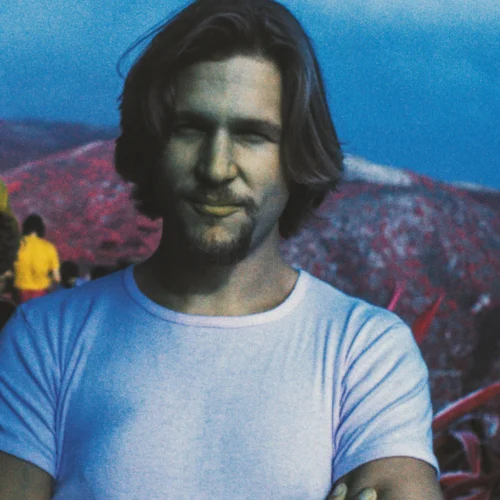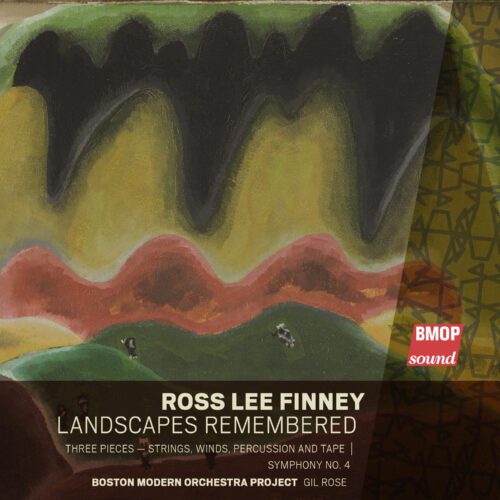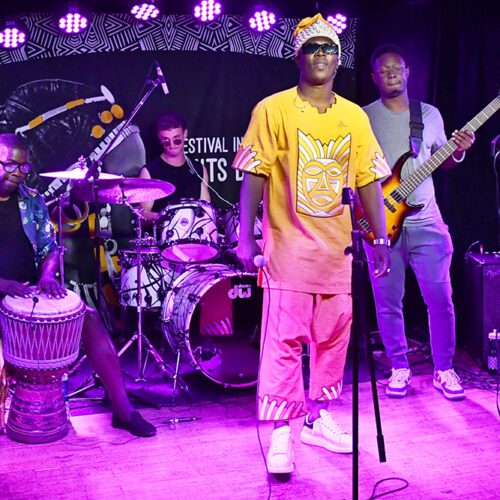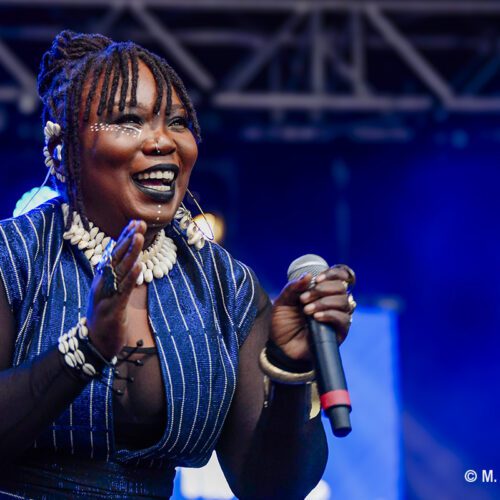With the pandemic seemingly winding down, there was a lot of music in 2022. We at PAN M 360 believe ourselves to not only be music reviewers and journalists, but music curators in this era where finding great sounds is much more complicated than ever.
So ? Here is the fourth part of our Top 100 albums Part 4 of 4. You will notice that there is no rating in this list, no order of style, no hierarchy of sounds, even no alphabetical order. Why ? Because we sincerely think that music lovers do not need an hierarchical structure in our proposals and make up their own mind after trusting us.
Hopefully you find some new great music to bring into the New Year… Happy Holidays !
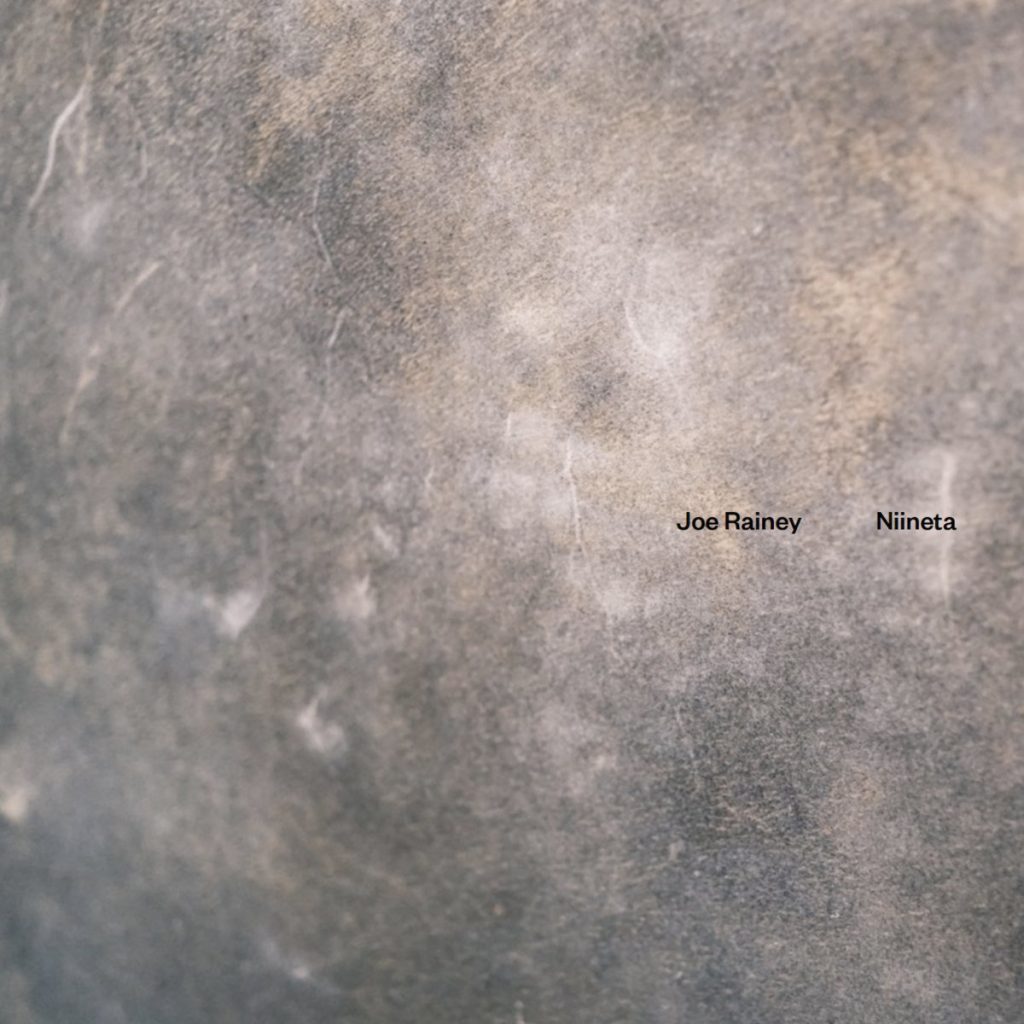
Joe Rainey
Niineta (May)
37d03d
Ambient, Electronica, Pow Wow, Industrial, Indigenous
Listen Here
To many listeners, the pow wow chant may seem simplistic and redundant. But is it? An Ojibwe artist from the Red Lake Nation is dispelling that perception with the release of “Niineta”, an excellent album created in collaboration with a white beatmaker of goodwill. Native singer Joe Rainey and his white colleague Andrew Broder worked between Minnesota and Wisconsin to create the perfect extension of traditional indigenous song and its rhythmic impulse in a world where harmonization is desired, where instrumental chamber music is nourished by the textural universe of electronic music with noisy and industrial tendencies. (Alain Brunet)

Pierre Kwenders
José Louis and the Paradox of Love (April)
Arts & Crafts
Électro, afrobeats, afro-pop, soul/R&B, soukouss, Rumba Congolese
Listen Here
We cannot close the year 2022 without underlining the quality of this recording signed by Pierre Kwenders (whose title bears his real first name), which earned him the prestigious Polaris Prize. Back from a tour in Central Africa, more precisely in the Democratic Republic of Congo where he was born and spent his childhood before settling in Montreal, the artist has succeeded in creating an album that synthesizes his musical journey, both solo and within the Moonshine collective, a great melting pot of Montreal’s transculture. Afro-pop, afrobeats, soul R&B, soukouss, Congolese rumba, coupé décalé or French variety are among the references delicately amalgamated by the artist, the whole enriched with international collaborations—Tendai Maraire, Branko, Win Butler, Michael Brun, Uproot Andy. (Alain Brunet)
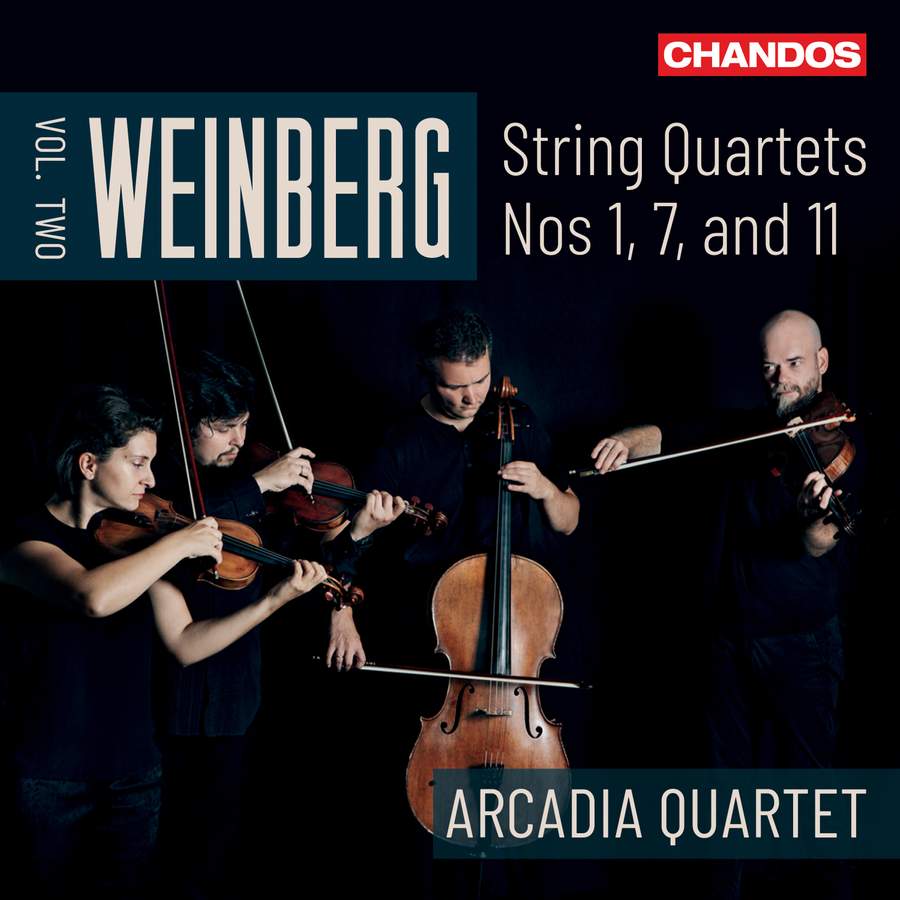
Arcadia Quartet
Mieczysław Weinberg: String Quartets Nos. 1, 7 & 11 (Vol. 2) (May)
CHANDOS
Classical, String Quarter
Listen Here
The music of Winberg, this equal and almost musical twin of Shostakovich, which for a long time remained in the shadow of that of his more illustrious compatriot, is increasingly taking flight and asserting its autonomy among the widest possible audience, and rightly so. The music of this Pole, who was born in Poland but became a Soviet citizen after the Nazi invasion of his country in 1939, is emotionally visceral, musically loquacious and discursively very communicative, even if it is often dark. Like Shostakovich’s, it is a direct witness to the Soviet era and its socio-cultural and artistic splits. It aims to be both scholarly and popular, but more often than not fails in its duty to be optimistic, turning it into an incisive but totally lucid sarcasm about the Russian society of its time, the 20th century. (Frédéric Cardin)

Afrorack
The Afrorack (May)
Hakula Kulala
Électro, Afro-electro, techno, acid, trance, ambient
Listen Here
Synthesizer designer and producer, Ugandan Brian Bamanya, aka Afrorack is behind Africa’s first DIY modular synthesizer, a wall of homemade modules and FX units that he named of course the Afrorack and made his nickname. A true pioneer of modular synthesizers in Africa, he has evolved a technology that was almost non-existent before and designed for western music, he has developed his own methodology and musical language to make the system fit his neeeds and musical culture. On these technoid, ambient, minimalist or acid backgrounds, he integrates in this first album rhythms from his region, East Africa, and thus proposes new atmospheres with these tools more and more used on this continent. This approach alone is worth highlighting. (Alain Brunet)
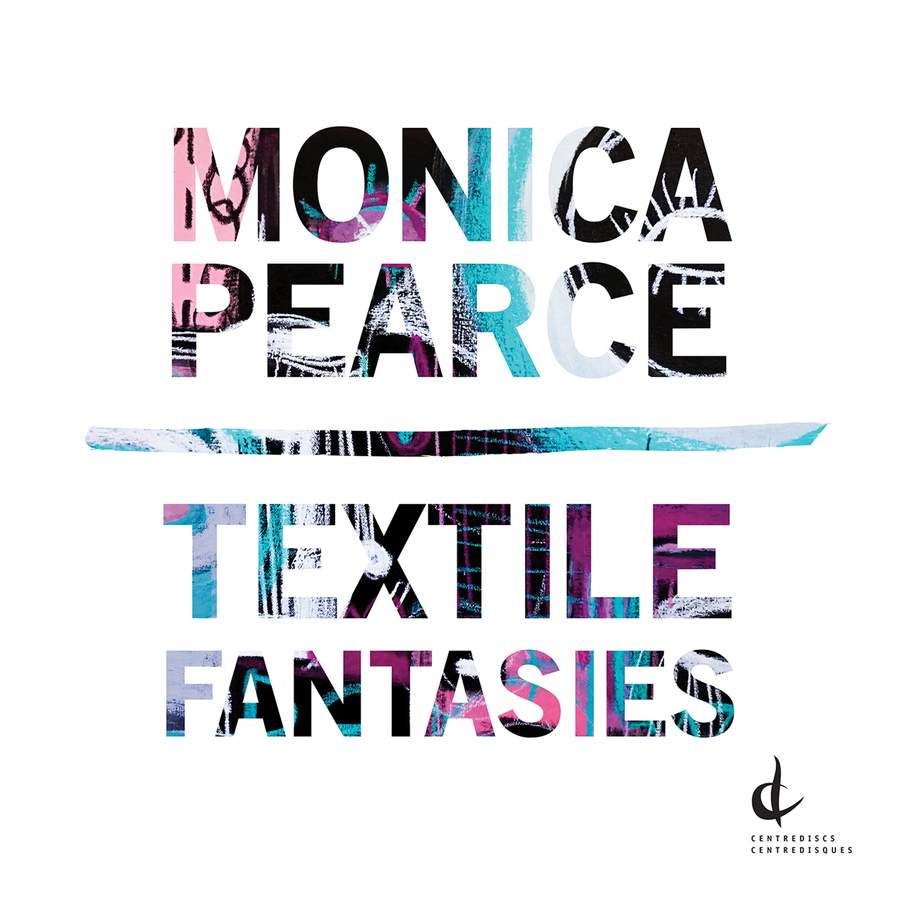
Monica Pearce
Textile Fantasies (October)
Centre Disques
Classical, Ensemble Suite
Listen Here
This is the first time I have been offered a link between musical sounds and tactile textures. That said, if one makes the effort to step back from the expectations raised by the textiles mentioned, one will notice a cycle of pieces for keyboard (piano or harpsichord) and percussion of great originality, with an abundance of stimulating soundscapes and exciting instrumental colors. Textile Fantasies will take you on a journey into sound worlds as fascinating as they are curious and seductive. (Frédéric Cardin)
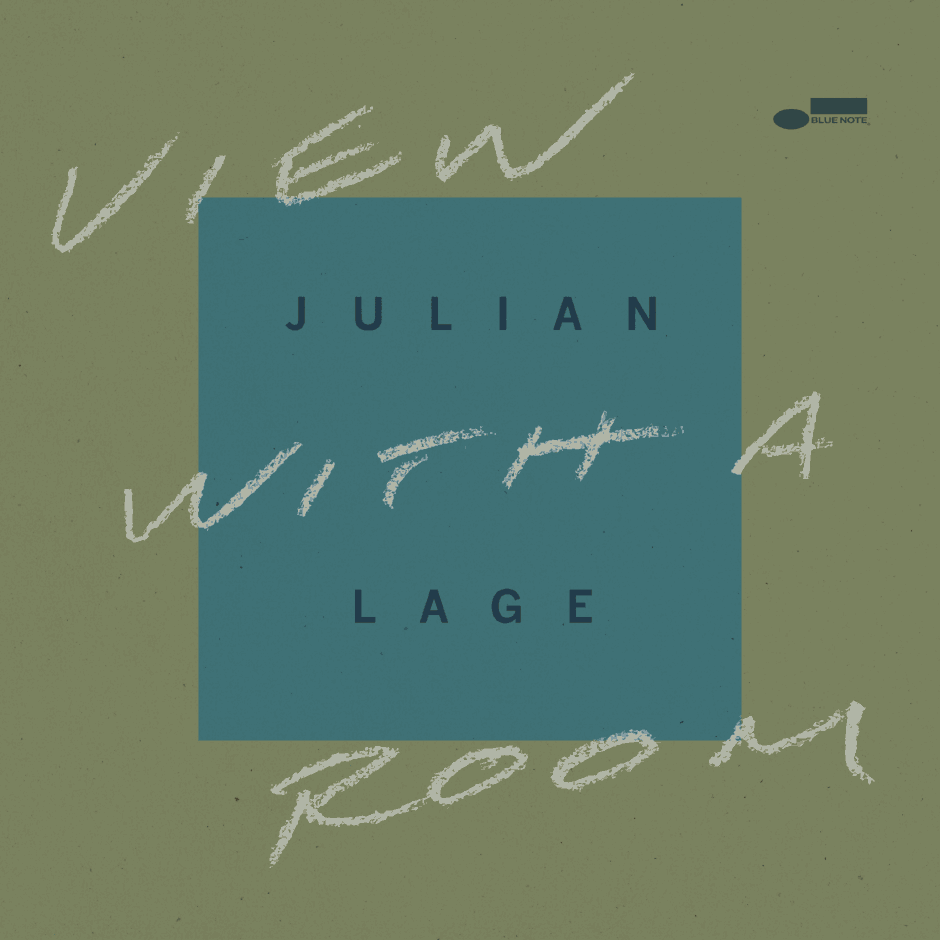
Julian Lage
A View with a Room (September)
Blue Note
Contemporary jazz
Listen Here
His style is still refining. Julian Lage, 34, is part of the young generation of jazz guitarists, although he already has several albums behind him. For me, a mediocre guitarist, playing ultra fast like Al Di Meola or John McLaughlin leaves me indifferent (fortunately they did something else). It’s in the ballads that we see the creative capacity of a jazz guitarist, and this album offers us some magnificent ones. Julian Lage finds himself in total communication with Bill Frisell, 71, a prince of guitar eclecticism who never tries to steal the show. Just giving more meaning to his performance. Bassist Jorge Roder and drummer Dave King (The Bad Plus) complete the band. Guitar heaven. (Michel Labrecque)
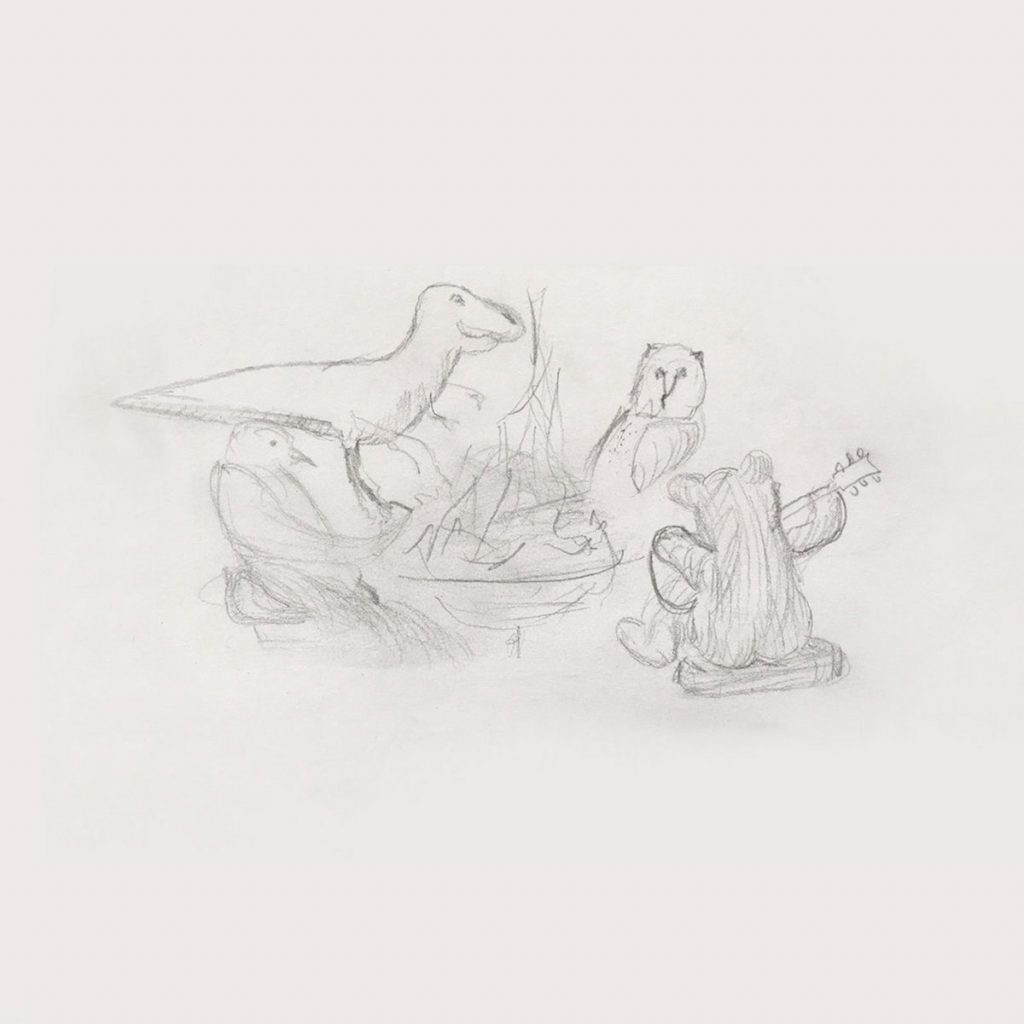
Big Thief
Dragon New Warm Mountain I Believe in You (février)
4AD
Indie Folk, Folk Rock, Americana
Listen Here
Over a five-month songwriting period, the band wrote 45 songs, adding new sounds (violin, flute, mouth harp,) to their interesting repertoire of indie rock/folk. And the result is a sublime, yet eclectic listening experience, that draws influence from Appalachian folk, country folk, Americana, indie rock, etc. Just listen to the raw nature and playfulness of “Spud Infinity” for a taste.
At the forefront is Adrianne Lenker’s prophetic, trembling voice, but also backing vocalist/lead guitarist, Buck Meek’s, adding a beautiful and bucolic essence to many of the harmonies on Dragon New Warm Mountain I Believe In You. (Stephan Boissonneault)
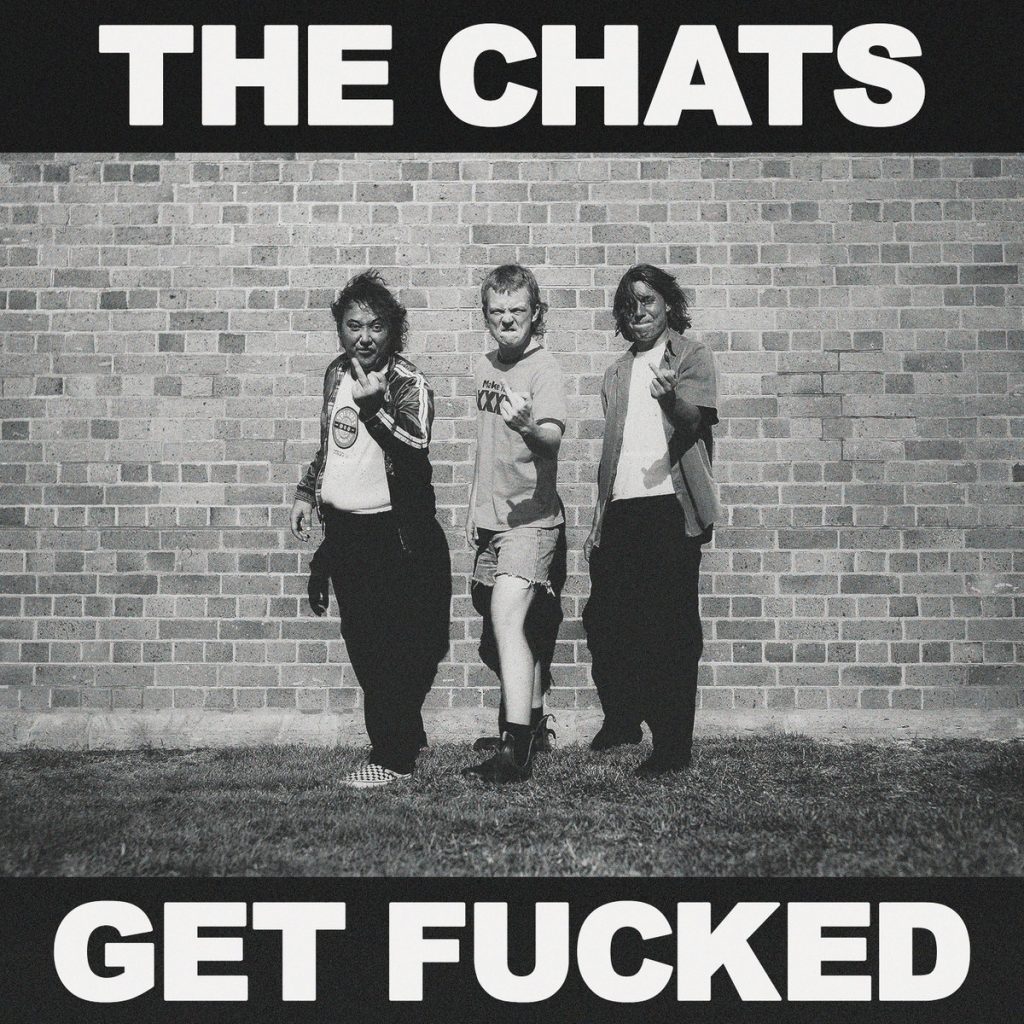
The Chats
Get Fucked (August)
Bargain Bin Records
Punk, Garage, Aussie
Listen Here
Originally from Japan and based in London, Hatis Noit became a vocal artist after being deeply moved by the song of a Buddhist monk during a trip to Nepal. Self-taught, she will develop her voice inspired by the gagaku, opera, Bulgarian and Gregorian chants, as well as avant-garde and pop. Composing music that could be described as both dignified and savage, this half-human, half-animal voice sings with ecstasy: sometimes in choirs composed of her own voice, elsewhere in a solitary voice, lulled by ambient noises. Wonderful. (Patrick Baillargeon)

Björk
Fossora (September)
One Little Independent Records
Avant-Pop, Electronica
Listen Here
Björk’s success lies in the quality of the links established between different musical genres, communities, and eras, from noise to ancient music. All can cling to her consensual markers, and this is still the case here. Strings, reeds, percussion, choral singing, beatmaking, and other variables serve the embodied melodies and gripping voice of the brilliant soloist and designer. Fossora is about a poetic diffraction of her present condition as a woman artist, dependent on a very open upbringing by her late mother, to whom she pays homage: Hildur Rúna Hauksdóttir was a feminist activist, an intellectual inclined to nihilism, a mother nevertheless loving and responsible, despite a rather dark world view. (Alain Brunet)
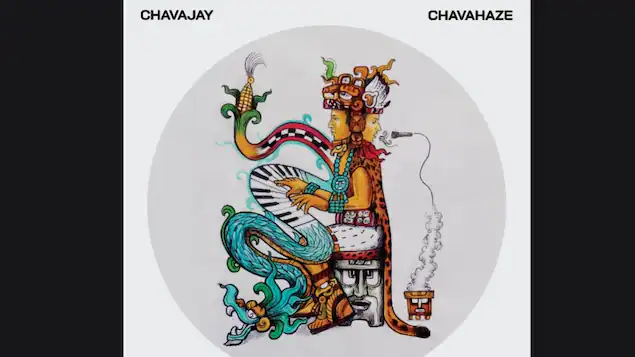
Salvador Chavajay
Chavahaze (November)
Passport Discs, Nikamo
Classical, Piano
Listen Here
Guatemalan classical pianist, but also rapper who learned French while working in the province’s agricultural fields, Salvador Chavajay arrives with an album that is as unexpected as it is surprising, delightful and original: rap in the Mayan language (Tz’utujil) on a melodic base of works by Bach, Handel, Rachmaninov, etc.! Yes ladies and gentlemen. It works, it grooves, it’s good for the mainstream platitude that now affects so much commercial hip hop. Pushed by Nikamo, Samian’s label, Salvador will soon be talked about everywhere in 2023. And yes, he will be the first part of the tour of… Samian’s tour! Fabulously audacious. (Frédéric Cardin)
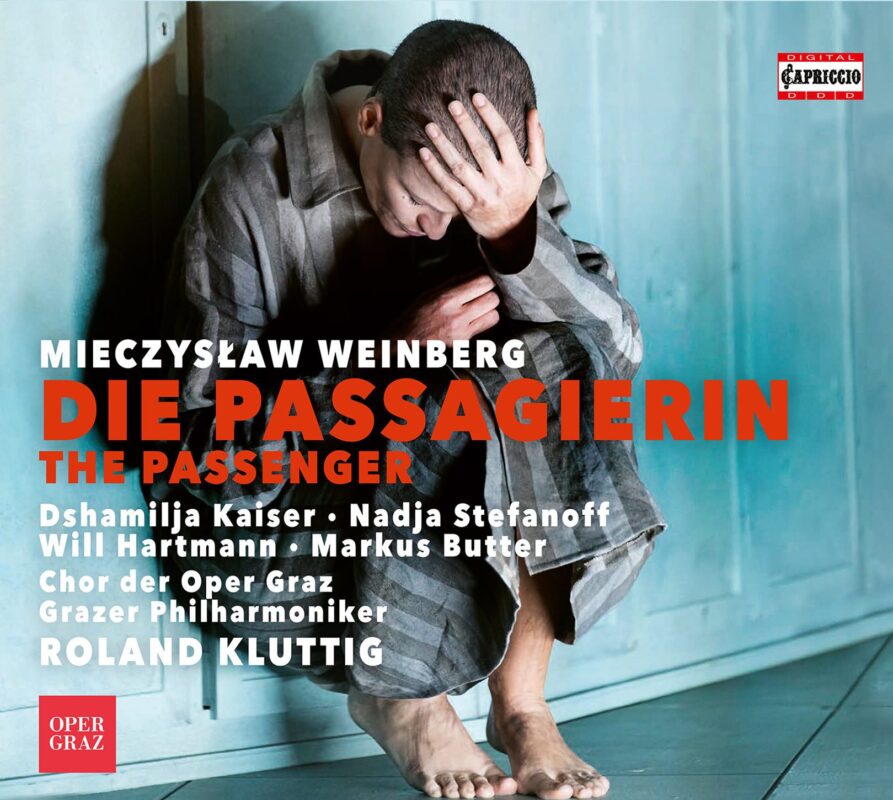
Mieczyslaw Weinberg
Die Passagierin (The Passenger) (July)
NAXOS
Classical, Opera
Listen Here
A major work that has it all: relevant, poignant, modern yet accessible, brief and focused. Impassioned soloists, an incandescent conductor, masterful music. Here is a drama well tempered in the sarcasm as well as the dark lyricism of a master storyteller.. (Frédéric Cardin)
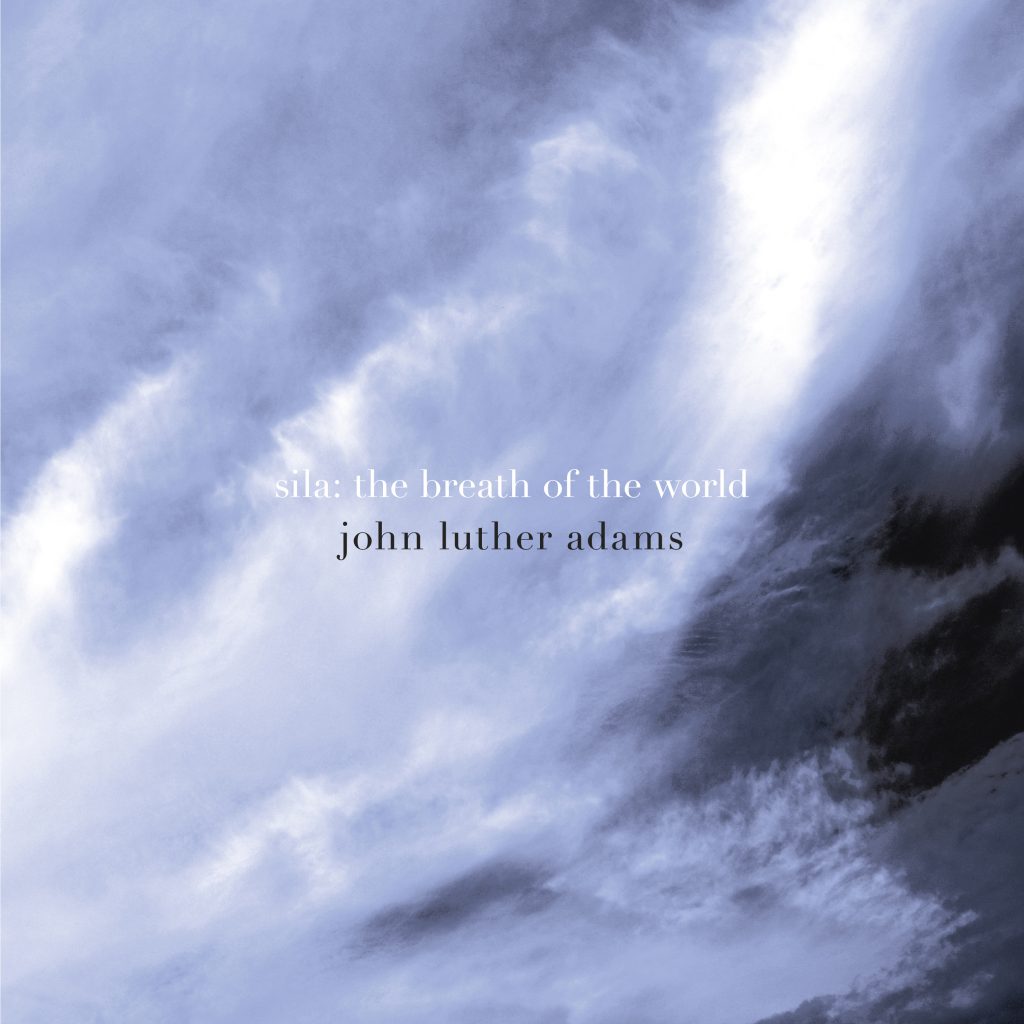
John Luther Adams
Sila: The Breath of the World (September)
Wise Music
Orchestral, Experimental, Quartet
Listen Here
We are carried away, albeit in a strange slow-motion effect, by this monumental homage to the physical AND metaphysical power of the world, as represented by the American John Luther Adams (not to be confused with the post-minimalist John Adams, for short). Grandly, but slowly, Adams’ orchestra breathes and breathes out, vibrates, illuminates, molts and transforms, as if it were the voice of the entire Earth, or Gaia, a single living organism.(Frédéric Cardin)

Holy Fawn
Dimensional Bleed (September)
Wax Bodega
Post rock, Shoegaze, Metal, Stoner
Listen Here
HOLY FAWN has made an introspective and lucidly heavy album that utilizes synth work, vocal echoes, and found sounds to make the truly exhilarating metal passages (screams, busting drum toms, and walls of distorted guitars) hit all the sweeter. The eponymous “Dimensional Bleed” is a perfect example, with the intro resembling something like Explosions in the Sky and then descending into an evil, gargantuan outro. “Sightless,” the longest track on the album, also builds and builds into a thorough release of noise and emotion. (Stephan Boissonneault)

Talk Show
Touch the Ground EP (September)
Missing Piece Records
Post punk, dance rock, alternative
Listen Here
Talk Show’s Touch The Ground EP sounds like a depraved discotheque, one where the DJ rambles madly and loses his mind, tossing in heavy bass with some furious post-punk. This UK group has an uncanny sound to them, falling somewhere in between Shame and an all-out rave band that loves the industrial grooves of someone like The Sisters of Mercy. You’ve got the interplay between real drums and techno 808 drums mixed with blisteringly bright guitar trills as lead singer Harrison Swann croons in his talk-sing speech announcements that sometimes feel like his throat is being ripped from his neck. It’s violent and gritty; perfect for the narcissistic tendencies of post-punk. But it’s post-punk for dancing. (Stephan Boissonneault)
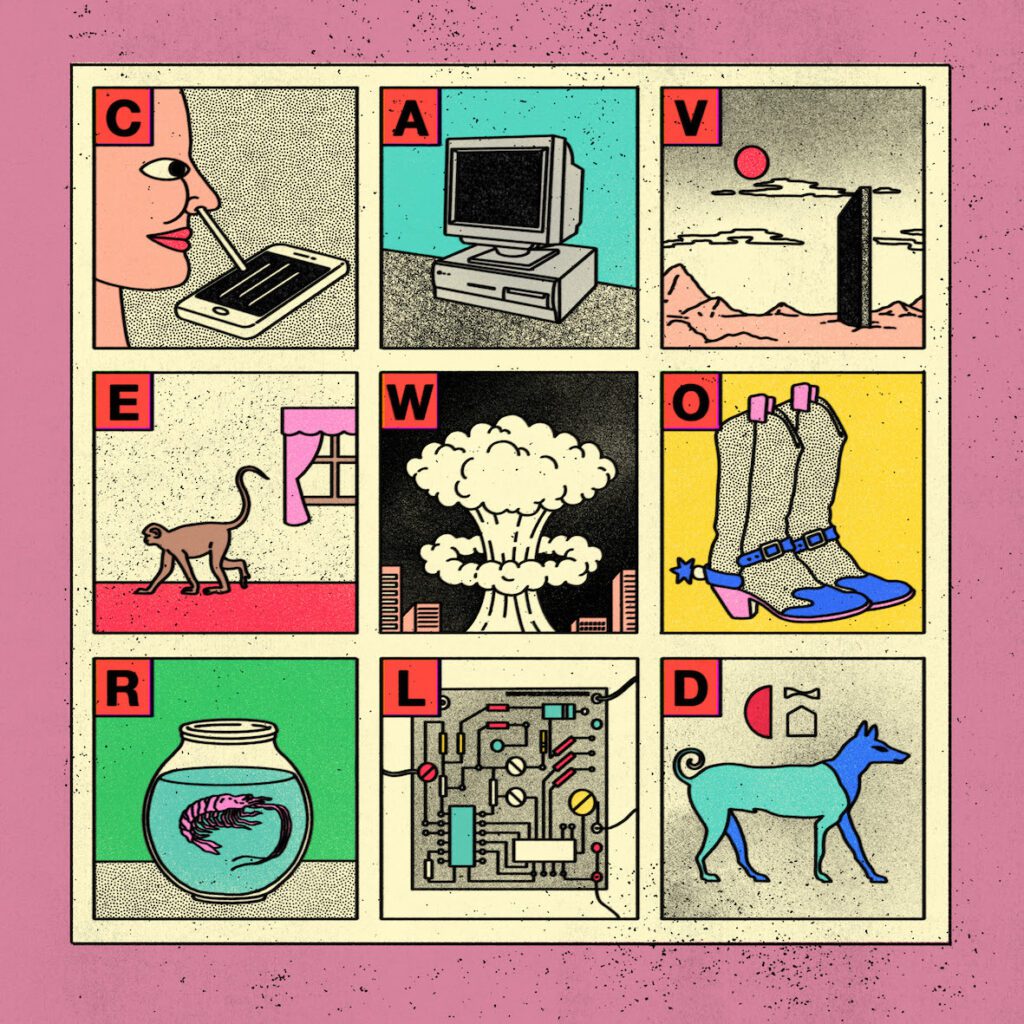
Viagra Boys
Cave World (July)
Year0001
Post-punk, dance-punk, alternative rock
Listen Here
We’re getting over one of the most difficult global eras in recent memory, but also, in lead singer, Sebastian Murphy’s eyes, some of us are regressing back to our troglodytic beginnings as a species. Both physically and mentally sick of what’s going on in the world, Murphy was moved to create Cave World, an album that touches on batshit conspiracy theories like QAnon in addition to blatant racism, homophobia, and more general lunacy breeding under the Earth’s soil. All that with a backdrop of saxophonic post punk, what’s not to love? (Stephan Boissonneault)
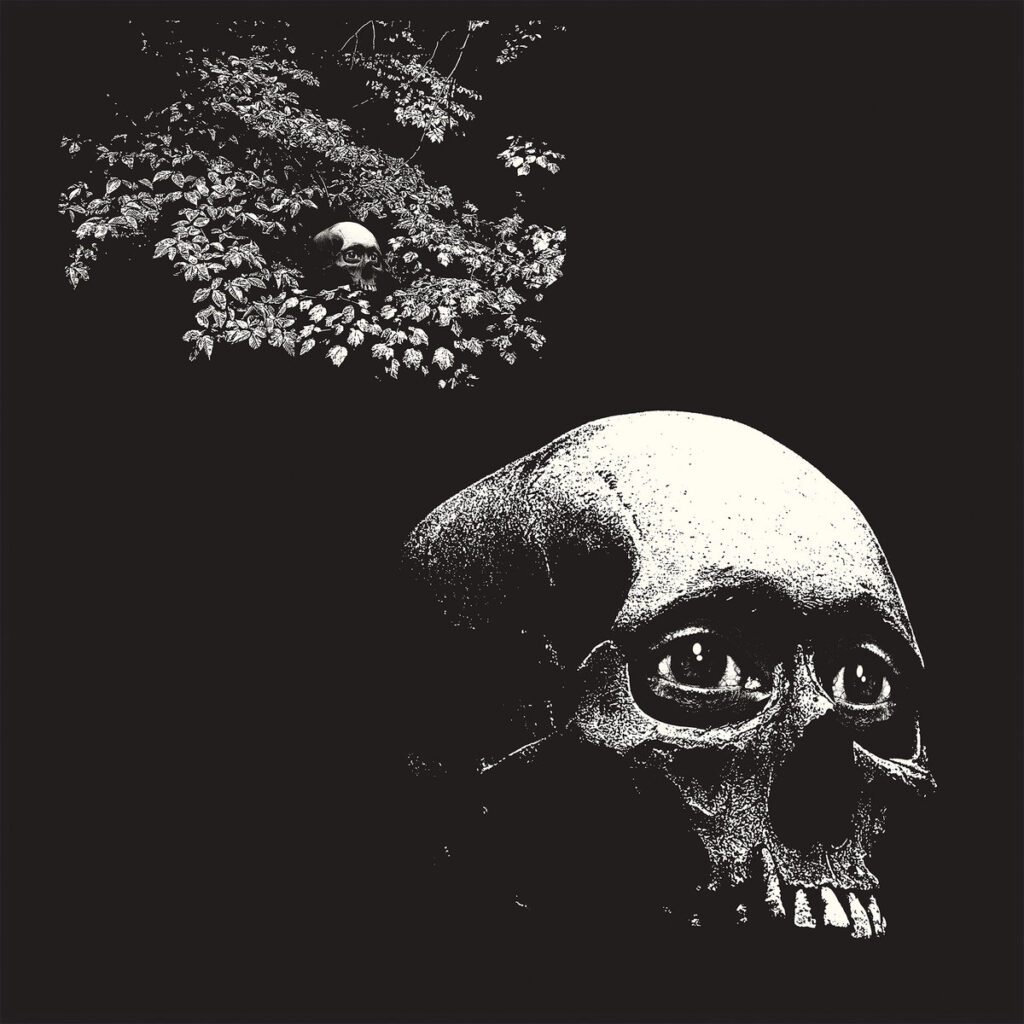
Osees
Foul Form (August)
Castle Face Records
Garage Punk, Psych rock
Listen Here
On the latest release from the Osees, A Foul Form, John Dwyer must have tapped into my sub-reptilian brain. This album is dumb, heavy scum punk to its core and makes me nostalgic for the teenage skate/pool and house parties that ended with broken walls, cigarette carpet burns, and the odd shutdown from the police. It’s an homage to the days of Black Flag, Wire, and Crass but also doesn’t take itself too seriously and is just dumb fun. And at only 20 minutes with most songs not spanning more then two minutes, it doesn’t overstay its welcome. (Stephan Boissonneault)
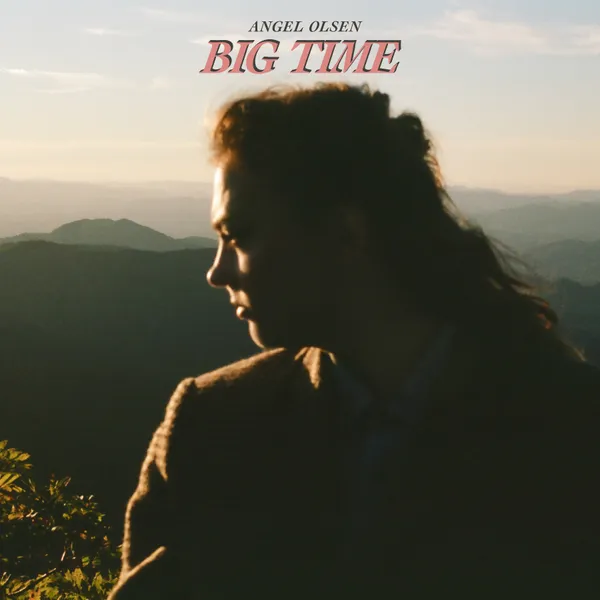
Angel Olsen
Big Time (June)
Jagujauwar
Americana, country, twang
Listen Here
On her latest album, Big Time, Angel Olsen has found a home in the Americana country realm. It’s not the first time she has experimented with this Americana country sound, but on Big Time, Angel’s operatic voice pairs ridiculously well with the lap steel guitar, country organ crescendos, mandolin trills, and warm mellotron synonymous with ’70s country act like Tammy Wynette or Loretta Lynn. She’s always wanted her records to feel like a band is playing in the background with her voice at the forefront, and now she has her wish. (Stephan Boissonneault)
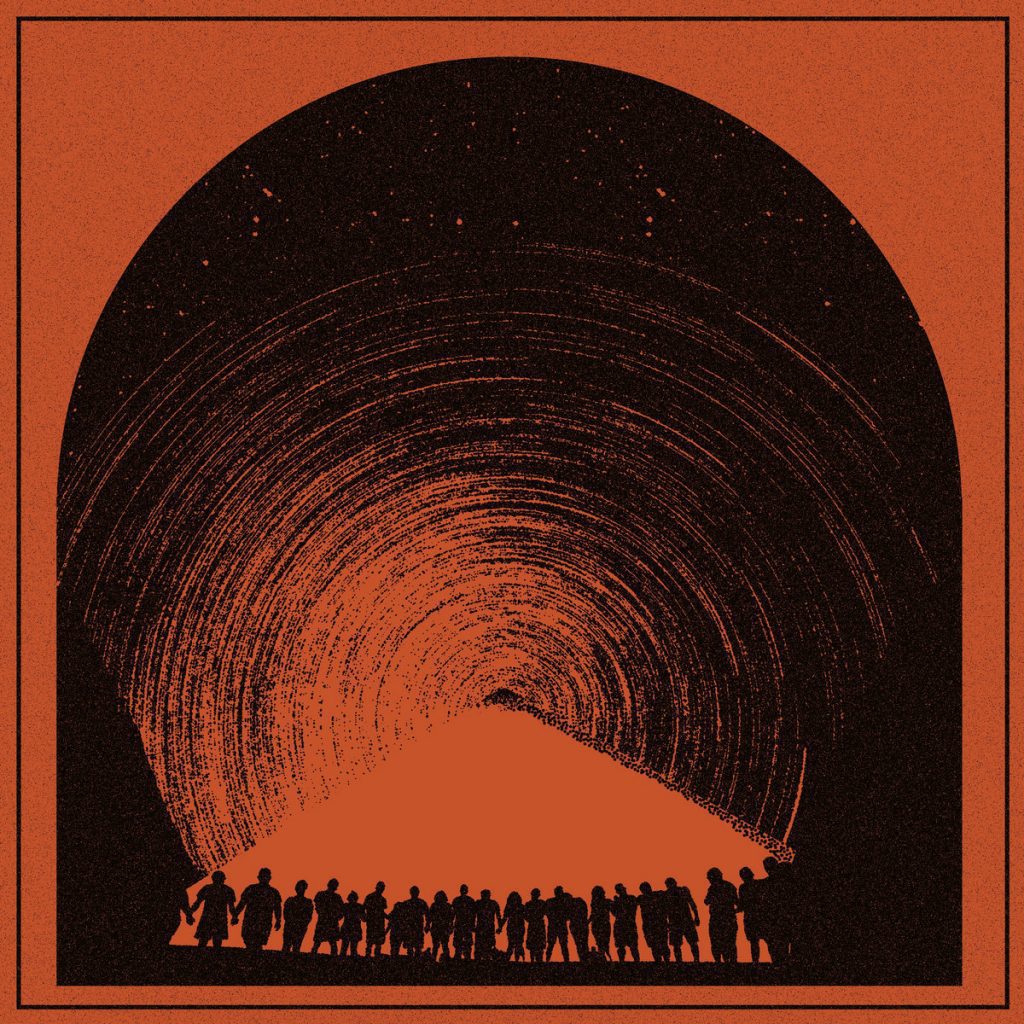
Thus Owls
Who Would You Hold If The Sky Betrayed Us (October)
Secret City
Experimental, art rock, indie
Listen Here
For this new project, Thus Owls has invited musicians to flesh out her proposal, well beyond the simple performance, we can observe it in the snippets of arrangements and improvisations of each. Thus, saxophonists Jason Sharp (bass, electronic filters), Adam Kinner (tenor, vocals) and Claire Devlin (tenor, vocals) join drummer Samuel Joly, bassist Marc-André Landry, all together with Simon Angell (guitars, synth bass, bass) and Erika Angell (lead vocals, keyboards). The artists involved here come from contemporary jazz, electroacoustic creation, avant-rock, avant-folk and blend those references in order to achieve something else. Together they extend a hybrid, collaborative, highly imaginative art form and make real advances. This is an album that will mark the Montreal indie scene in 2022. (Alain Brunet)
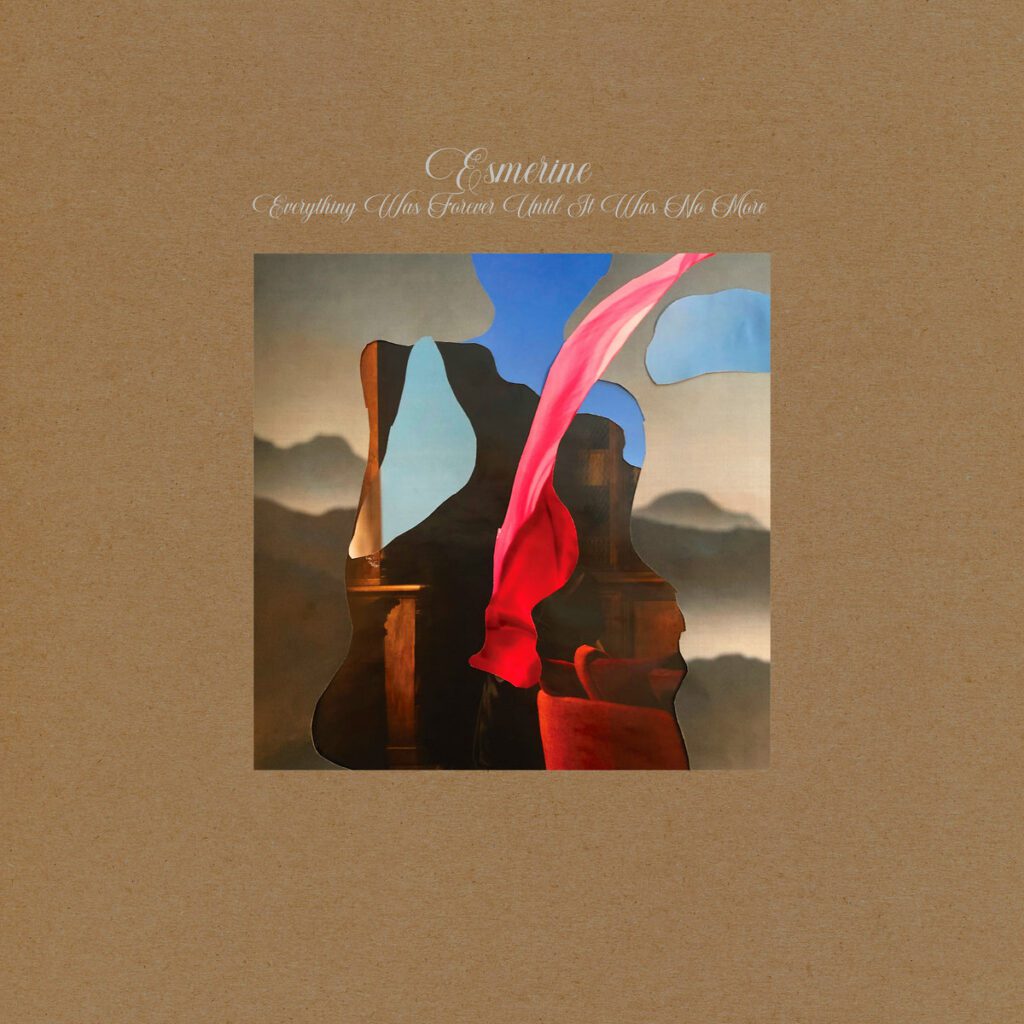
Esmerine
Everything Was Forever Until It Was No More (May)
Constellation
Experimental, Neoclassical, Orchestral
Listen Here
With a discography spanning two decades, Esmerine set themselves apart from their contemporaries with their distinct breed of post-rock which leans heavily on neo-classical/chamber elements and folk music from the world over. Their latest release, Everything Was Forever Until It Was No More, is a beautifully crafted and compelling listen that speaks to the relevance of the genre in the post-pandemic era. Everything Was Forever is a refreshingly accessible album in an otherwise daunting genre. Aside from a few lengthy numbers, the album is mostly comprised of self-contained soundscapes but is still best experienced as a whole to appreciate the natural ebb and flow from theme to theme (Varun Swarup)

Open Mike Eagle
a tape called component system with the auto reverse (October)
Auto Reverse
Alternative hip hop, art rap
Listen Here
The weird, unorthodox, and often comedic stylings of Open Mike, along with his lo-fi, throwback, and simplistic beat selection, are quite refreshing in 2022. Hearing a song like “79th and Stony Island,” where Mike explains who he is and why he is the way that he is—a product of his Chicago and Crenshaw environment, told to get out there and chase the American Dream (whatever that even means anymore)—is relatable to regular people. Most rap music today consists of unfathomable, “Disney-esque” love stories or ultra-violence and gangster dealings between million and billionaires. In contrast, Mike Eagle’s songs like “I’ll Fight You” and “I Retired Then I Changed My Mind” explore his unique mentality while touching on realistic thoughts and feelings that average people have every day. (CCJ Gabriel)

Mitski
Laurel Hell ( February )
Dead Oceans
Indie pop, Synth-pop, Electronic rock
Listen Here
Mitski wraps her songs in more ambitious music, then subtly addresses the poetic themes of her “soundtrack for transformation.” All those questions–and more–are explored: the uncertainty of intimate love, depression, breakup, disillusionment, lessons learned from adversity.
One must deduce that Mitski’s world is resolutely that of a songwriter; its literary process requires sustained attention. (Alain Brunet)

Saba
Few Good Things (February)
Saba PIVOT, LLC
Hip hop, Trap music, Jazz rap, Neo soul
Listen Here
Saba is one of those rappers very involved in composition and beat-making, and he knows what to do. The bases of each of the 14 songs are laid by three artists: daedae Pivot, Daoud, and our main guy, who share various duties: keyboard, guitar, bass, drums, and home programming. The result: jazzy flavours, post-boom-bap aesthetics, excellent grooves. It’s the spirit of a band, not a collage. With a flow of this quality, with such a vibe, it’s hard to beat. (Alain Brunet)

Cate Le Bon
Pompeii (February)
Mexican Summer
Baroque Pop, Indie, Krautrock
Listen Here
The new album Pompeii, was derived from Le Bon trying to create music that sounded like a painting and has waves of light indie Telecaster guitar, clusters of saxophone and paired clarinet, harpsichord-echoed piano, sawtooth synth, and of course Le Bon’s subtle siren layered voice. Not to mention the bass lines that are the glue for Le Bon to jump between mystifying and downright abnormal interludes. Cate Le Bon proves she is a ‘musician’s musician,’ who is constantly trying to reinvent herself in the indie rock/ krautrock/ baroque pop genres and knows how to write catchy, yet musically abstract melodies. (Stephan Boissonneault)
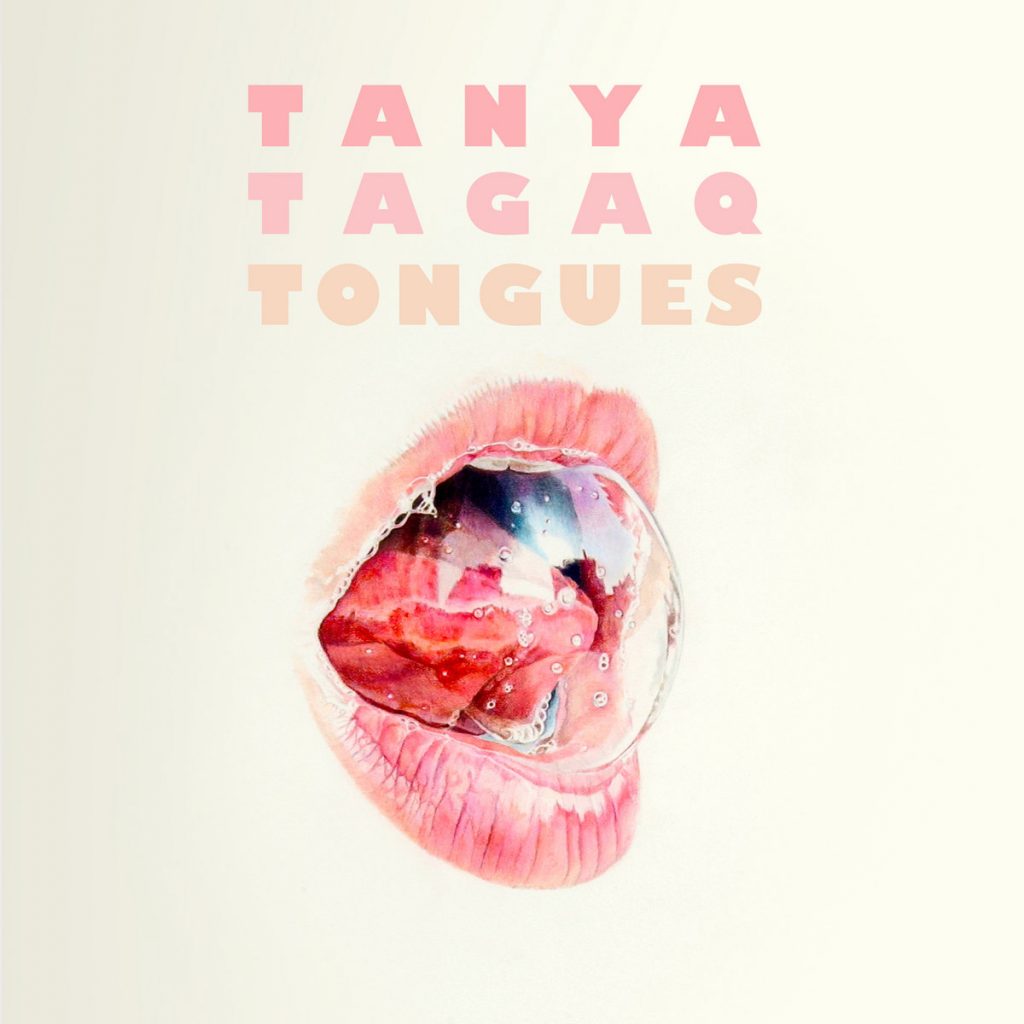
Tanya Tagaq
Tongues (March)
Atlantic Records
Darkwave, ambient, noise, experimental
Listen Here
In ten songs, or musical pieces, Tongues deals virulently with many sufferings experienced by the Canadian Indigenous people, direct and indirect consequences of Western colonization. We feel the condition of the victims and the return of confidence, in this Indigenous rebirth … nevertheless plagued by suffering, for the reasons that we know. So in this context, Tanya Tagaq’s music is less conceptual, and more visceral than ever. The Inuit throat singing is similar to the death metal growl, the rhythms become heavier, the synthetic frequencies storm our ears, it sometimes comes close to darkwave or synthpunk. Highly-charged, sometimes even violent, but thrown in a generally succinct form, the words plunge us into a torment and the Indigenous hope “made in Canada.” (Alain Brunet)
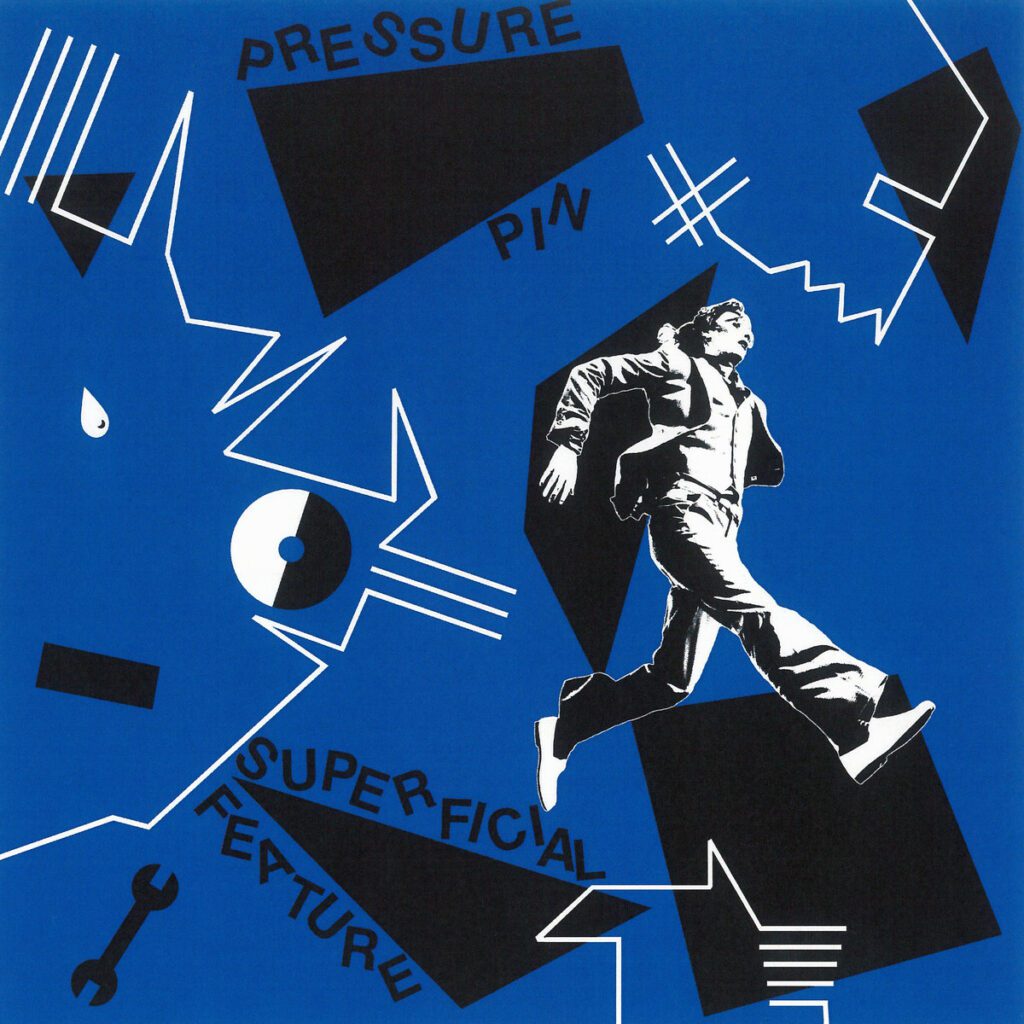
Pressure Pin
Superficial Feature (April)
Self-released
Art punk, post-hardcore, New Wave
Listen Here
Pressure Pin is a project that essentially came out of nowhere, from one Kenny Smith, the drummer of the new disco-art punk group La Sécurité. The mixing is also fantastic with a cacophony of horns under scratchy chugging guitars. The vocals also come off as public advisory statements as in “Complete Impulse Directive,” where Smith categorizes exactly what is wrong with society, rhyming in prose that seems like a pure stream of consciousness with a surreal agitated edge. And the brief pauses between vocal takes are chaotic in the best ways possible. (Stephan Boissonneault)

Little Simz
No Thank You (December)
Forever Living Originals / AWAL
Rap, Grime, Hip- Hop, Electronic
Simbiatu Ajikawo, a.k.a. Little Simz, announced last week and released her 5th album “NO THANK YOU” as a surprise, with the words “emotion is energy in motion, honor your truth and feelings, eradicate fear, boundaries are important”. This simple sentence, effective, is the image of the mentality of the rapper, affirming the will to build a solid self. For good reason, she produced this album with her sidekick since the very beginning, Inflo, who is none other than the paw behind SAULT, and still instills in this album an added value with orchestral and cinematographic allure. The percussions, sometimes jazz, sometimes close to the warrior traditions, and Cleo Sol’s voice form the guiding thread of a humble but complete album.
Little Simz is a seasoned poet (her Mercury Prize proved it), and draws lyricism and musicality from her artistic elders (based on samples from A Tribe called Quest and the Fugees), making her entire work new and full of cachet, which she deploys in a relaxed way in the track “Gorilla”. The double bass and sliding violins convey her nonchalance, in terms of the place she has created for herself in a milieu that tends to be male. Since her early twenties, she has cultivated this loyalty to herself, and a creative intuition that I would compare to Kendrick Lamar, whom she also samples in her track “No Mercy”.
There is no coincidence in the meeting of these two universes, hers and Lamar’s, since this generation reaches out to vulnerability and manages to gather deep emotions through the medium of rap. It is this generation, rich in mixed cultures and alert about the danger of ignoring traumas, that makes writing an outlet and sublimates reality and its mental and social misery.
Little Simz will not apologize and will only have grace for the philosophy of wabi-sabi (of the Japanese philosophy aiming at finding beauty in imperfection) that she invokes in her last piece as a standard of an imperfect life, whose slow and sure progression unfolds the necessary space for love, concluding with a “it might just blossom into a new love”, because in the end, and against the music industry, proud of her independence, Little Simz has built with modesty a wise empire, tender and solid at the same time. (Anne-Sophie Rasolo)
